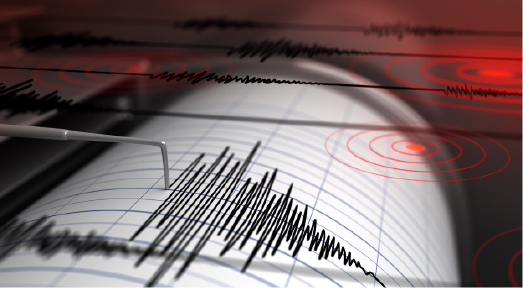What Earthquake Insurance Covers
There are generally three components of earthquake insurance: dwelling, personal property, and additional
living expenses (ALE).
For example, if your home is subject to an earthquake and sustains cracks in the walls, ceiling, foundation or other damages,
those would be covered under the dwelling portion of the coverage. There is a deductible and limit to this portion of the
coverage. Another portion of earthquake insurance covers your personal belongings inside the impacted home. Personal property
claims usually include protection for furniture, electronics, and other belongings. Almost anything can fall within this category,
although there is a deductible and limit to this portion of the coverage that is separate from the deductible and limit for the
dwelling itself. ALE and loss of use can cover a variety of things while a home is repaired within a reasonable time frame or until
a policyholder finds a new home. You might able to have your insurance company reimburse you or pay for a temporary rental home,
apartment, hotel room, restaurant meals, or a temporary telephone line. Moving, storage, furniture rental, and laundry can also be
covered.
Earthquake Insurance does not cover a number of things consumers might assume it does. For example, damages resulting from a fire
caused by an earthquake would fall under a policyholder's homeowners insurance, not their earthquake insurance. It also does not
cover damage to vehicles, fences, pools and things like china and crystal. Damage to your land, such as landscaping or a sinkhole,
are also are usually not covered but some policies include "engineering cost" options which these would fall under.
Another important exclusion to earthquake insurance is external water damage. Flooding and tsunamis are common results of earthquakes
but their damage does not fall under earthquake insurance. Both of those events would fall under flood insurance, as well as damage
caused by a sewer or drain back up that was a result of an earthquake.































